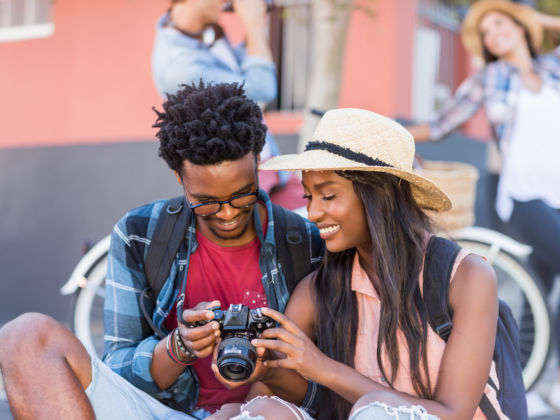As a freelance photographer and writer, I’m caught between two distinct groups. Whenever I meet up with fellow writers to talk about our craft, we speak in plain English. Our sentences are concise. Our ideas are conveyed without abbreviations or acronyms.
When I get together with other photographers, we speak another language. Perhaps it’s fitting, too, because photography is an artistic craft so reliant on technological advances that we often feel like equal parts artist and engineer. It seems natural that we’d use some specialized terms:
